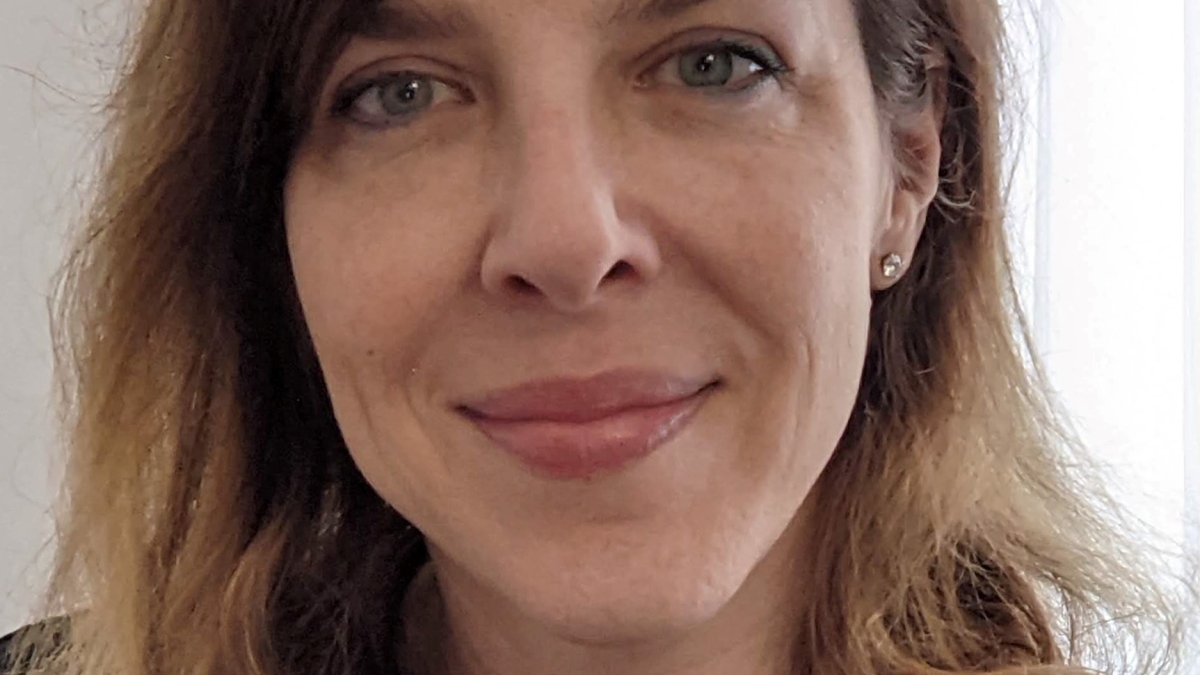Editor's note: This story is part of a series of profiles of notable fall 2020 graduates.
Graduate school was always on the agenda for Michele Piercey. As a senior adviser for peace, stability and transition at Chemonics International, she wanted to earn a degree that could help her with her work in international development and postconflict stabilization.
“I felt like I needed that academic or empirical framework to put around the work I've been doing, to understand it on a deeper, better-informed level,” said Piercey. “Technology was becoming a bigger part of my work and was a force in the countries and communities I was working in. For example, I worked in Tunisia after the “Facebook revolution.” It was called that because activists were connecting in different ways using new technologies. Social media turned out to be a key tool for people to come together to peacefully overthrow their government.”
Piercey wanted to learn more about globalization and development through the lens of technology. When her company was working on a collaboration with ASU, she discovered a degree program relevant to her work, the Master of Science in global technology and development at the School for the Future of Innovation in the College of Global Futures.
“The program was something I wanted to be a part of. It made me think about the real-world impacts of what I was learning and how development is implemented in conflict-affected countries and regions.”
What she’s learned in her master’s degree program is already paying off.
“I recently researched the role of social capital in a postconflict context. How do people accrue social capital? How can they use it to stabilize conflict and collaborate on shared goals and progress toward peace? I was able to offer concrete suggestions in a real-life project I am supporting because I had a better understanding of the thinking and research behind it. I'm better at thinking through all the possible sides of a development or stabilization challenge as a result of my studies.”
Balancing graduate school online and working a full-time job that required traveling around the world wasn’t easy, but Piercey learned to adapt and get creative. Planes became classrooms. Dining room tables became libraries. She even finished up a paper while evacuated from Iraq in January 2020. Time management was a skill she had to develop quickly.
“I really hustled to fit it all in. I don't believe in multitasking; I don't think that's a real thing. You learn to settle down in short periods, a few minutes here or there, and use those short periods to get your work done.”
Question: Why did you choose ASU?
Answer: President Crow's vision for the New American University was one of the most inspirational things I've ever heard; the idea that education can be transformative not just to an individual student but to a community. A university that evaluates its success not on how exclusive it is, but how inclusive it is and how many new opportunities it gives to people. It resonated with me because I'm also a first-generation college graduate. I'd never heard anything like that before, and I knew I wanted to be part of it.
Q: What's something you learned while at ASU — in the classroom or otherwise — that surprised you or changed your perspective?
A: As an online student, I didn't know what a rich experience it would be. I assumed that I would just be sitting, reading and writing, but I got a ton of interaction and a lot of feedback. It helped me engage with the material.
Q: Which professor taught you the most important lesson while at ASU?
A: I had Mary Jane Parmentier for a couple of my subjects. I had met her before attending ASU, and it was meeting her that made up my mind that I was going to apply. She was influential in making me think that graduate studies were feasible and that I had experience and a perspective to offer. She was always willing to talk through things and explore different perspectives on my work.
Q: What's the best piece of advice you'd give to those still in school?
A: Persist. You will get there; don't give up. I nearly did once or twice because it seemed unmanageable with my work. It just was too much. But ultimately, I got through the hard moments. Also, back yourself. I, like most people, had times where I thought I couldn't do it. In those moments, I had to make a deal with myself to go a bit further, do a little more and just keep going.
Q: If someone gave you $40 million to solve one problem on our planet, what would you tackle?
A: I would offer civics, citizenship and critical thinking training to youth and adults in the United States and abroad to better equip people to advocate for their rights, cooperate with their neighbors, resist disinformation and take part in civil, productive discourse with people they disagree with. I would make it scalable and adaptable to the local context. I've seen firsthand the transformative power of education on conflict-affected communities. Teaching people about how government and institutions can work for them and how their communities can function better and more harmoniously can be a powerful influence on local peace and development. You could do a lot of good with $40 million.
More Science and technology

Compact X-ray laser lab aims to reveal deep secrets of life, matter and energy
X-rays allow us to view inside the human body to diagnose broken bones and other hidden problems. More recent X-ray advances are…

Apollo lunar samples enable ASU researcher to pinpoint moon’s crystallization timeline
A team of researchers, including Arizona State University geochemist Melanie Barboni, in collaboration with scientists from The…

NASA launches space telescope to chart the sky and millions of galaxies
California’s Vandenberg Space Force Base was the site for Tuesday’s 8:10 p.m. launch of the NASA SPHEREx mission aboard a SpaceX…


